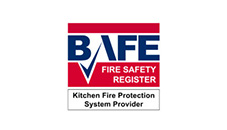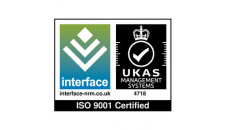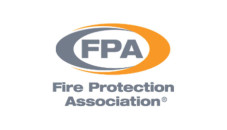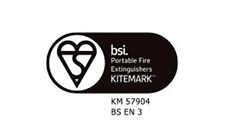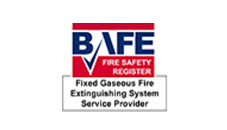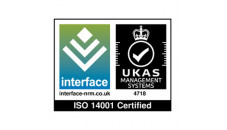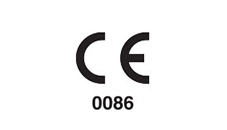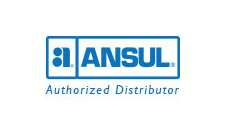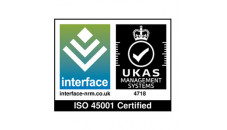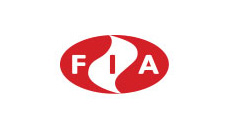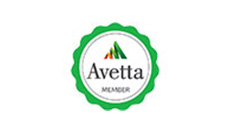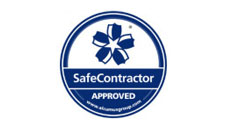inert gaseous systems
With today’s world constantly pushing towards ‘Green’, Inert gases are an excellent choice for today’s fire suppression systems. These agents are based on naturally occurring gases found all around us – even in the air, that we breathe.
What is an Inert Gaseous System?
With today’s world constantly pushing towards ‘Green’, Inert gases are an excellent choice for today’s fire suppression systems. These agents are based on naturally occurring gases found all around us – even in the air, that we breathe.
They are a class of gases which do not undergo chemical reactions under a set of given conditions, nor typically, do they react with many other substances.
The two most common Inert gases used as suppression system agents, either on their own or as part of a blended mix, are Argon and Nitrogen, and the most readily available agents utilising these two gases on today’s market are:
IG-01 – Argon
IG-55 – Argonite: A 50/50 blend of Argon and Nitrogen
IG-541 – 52% Nitrogen, 40% Argon & 8% CO2
Although CO² (Carbon Dioxide) is also used as a suppression agent in its own right, it has become unpopular over the years due to its adverse effect on the environment, and the potentially high risk presented to those in the immediate vicinity during a discharge (CO², under the right conditions, can be lethal).
Inert gas systems consist of a pre-defined number of cylinders (typically 80L in size, although other sizes exist) that are pressurized between 150 and 300bar, depending on the system design requirements. They can be a simple set-up, from 1 or 2 cylinders placed within a small Server room, all the way up to complex multi-diverter valve systems with dozens of cylinders, and pilot cylinders, covering a large Data Centre.
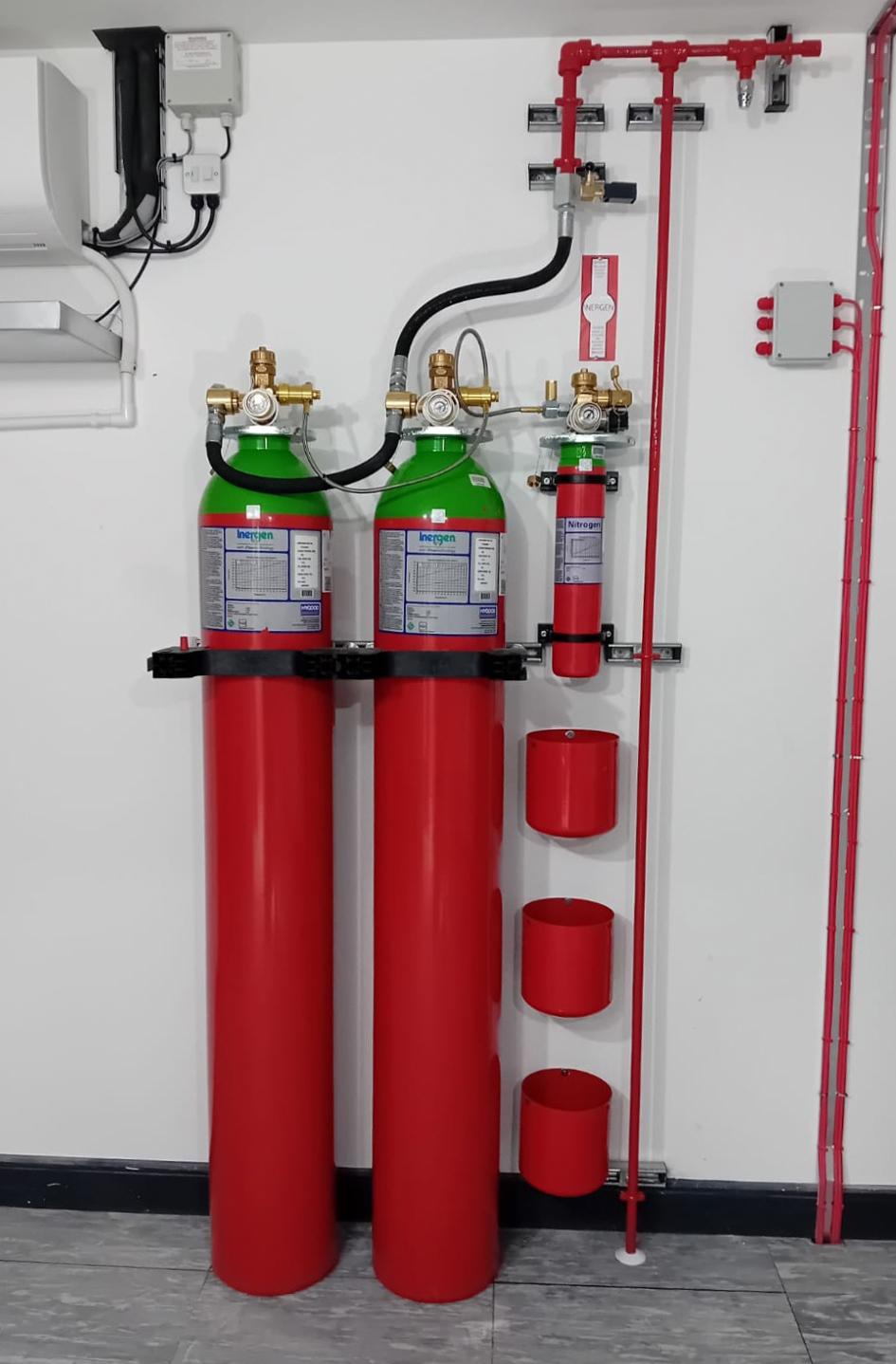
Clean & Eco-Friendley Agent
Applications
How Inert Gaseous systems work?
Inert gas systems extinguish a fire by lowering Oxygen levels (which are typically around the 21% mark) within a protected area, but within ‘safe for life support’ limitations. Typically, the Oxygen level is reduced to between 12%-14%, as fire requires an Oxygen level of 15% or above for combustion. Humans can survive on only 12% Oxygen in the atmosphere, so the calculations on agent design concentrations are crucial when deploying systems.
As with all ‘total flood’ gaseous suppression systems, an annual Room Integrity Test must be conducted to confirm the integrity of the protected area and the retention time.
Here To Help
All of Cannon Fire’s Inert agent suppression systems are designed, installed, commissioned and maintained under the requirements of BS EN 15004-1:2008, and the relevant sub-regulation particular to the agent being utilised, & BS 5306-4.Cannon Fire are also BAFE SP203-3 Registered.

Request A Quote
Have a project or portfolio that you would like to work with us on? Get in touch and a member of our team will be in touch very shortly..
Our two head offices are based in Birmingham and Ollerton with fully qualified, experienced engineers spread throughout the UK allowing Cannon Fire to operate nationwide.
Call Us: 01623 860685
Email Us: [email protected]
CONTACT DETAILS
Trading Offices
Unit 1 Sherwood Network Centre, Ollerton, NG22 9FD
Unit C, 37a Parkfield Road, Coleshill,
Birmingham, B46 3LD
OUR KEY SERVICES
Copyright © Cannon 2024 All rights Reserved
